
Read offline
Recommendation
Compiling and comparing historic climate data on a global level is a huge task, but this extensive World Bank report on climate change – filled with narratives, charts, graphs and tables from expert contributors worldwide – does an admirable job of organizing massive amounts of information. This technical analysis presents various scenarios of how temperature increases – and their impact on resources, land, oceans and populations – could affect three specific regions of the globe: Latin America and the Caribbean, the Middle East and North Africa, and Europe and Central Asia. The study also objectively states that the scientific community must conduct more research to do a better job of quantifying its long-range forecasts. Nonetheless, despite naysayers, this report states that climate change is a scientific reality and an impending crisis. While always politically neutral, getAbstract recommends this timely, sobering study to those looking for solid, reliable information on climate change.
Summary
About the Author
The World Bank provides financial and technical assistance to developing countries.



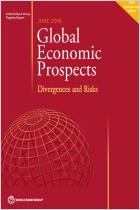


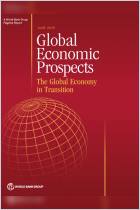


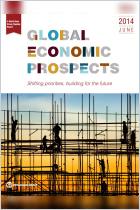

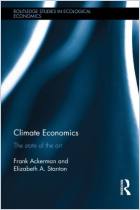
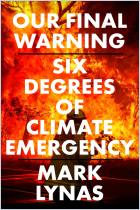

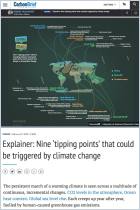
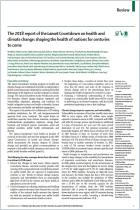
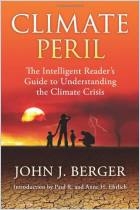




Comment on this summary